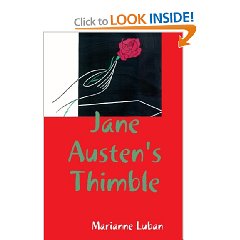Tentatively, my guess is that the mother of Ramesses III had Greek blood. At the locus D7S820, she has the rare /15/, an allele which makes the best showing in Bari, Italy, [Barion] an ancient Greek settlement of Magna Græcia. The name of the mother of Ramesses III is Tiye Merenese, but that doesn't necessarily mean she came from the Egyptian populace. Greek ancestry could account for the light blond hair of "Unknown Man E". At CSF1PO, you can see that both men have 7/10. At that marker the 7 is very rare and many populations are lacking it completely. It seems to be an African number, but not a North African one. Very likely it is the common allele that make the two men father and son. The 10 is extremely common at the locus. It doesn't mean the mother and the grandmother were related. 10 does well in most populations and is absent from only a few, such as indigenous Mexico, although in Spain it shows quite well. 10 has a large showing in Saudi Arabia, Morocco, and even among American Jewry. I think that the mother of "Unknown Man E" can have come from a Middle Eastern population, even the Egyptian. We'll soon see what others have to say. You can click on the graph to enlarge. I haven't had the chance to analyze most of the other loci yet.
Did Setnakht, the father of Ramesses III, have anything to do with Greeks? In 2003, I wrote a paper equating the "Proteios" of the Greek writers with the pharaoh Setnakht. This idea gained some acceptance and the paper can be read here:
http://www.oocities.org/scribelist/setnakht.html
Proteios, king of Egypt, was said to have entertained Helen of Troy at his court. This theme became a drama by Euripides called "Helen". The son of Proteios fell in love with the Spartan beauty, but she, of course, left Egypt.









2 comments:
Zink's article is at
http://press.psprings.co.uk/bmj/december/mummies.pdf
It says the Y chromosomal haplogroup was determined to be E1b1a -- but as that is AFAIK West-African (Bantu?), it would not even fit any (sane) Afrocentric scenario.
However, what I wrote is not about haplogroups--just to be clear. I am looking at autosomal markers, Short Tandem Repeats, and their frequencies in various populations at the different loci. For now, all I can say is, on the whole the picture seems to agree with E1b1a.
What we know about the ancient Egyptians from their DNA is just beginning. Our assumptions about these people and where many of their own ancestors originated may be tested. I need to find out more about E1b1a, myself.
Post a Comment